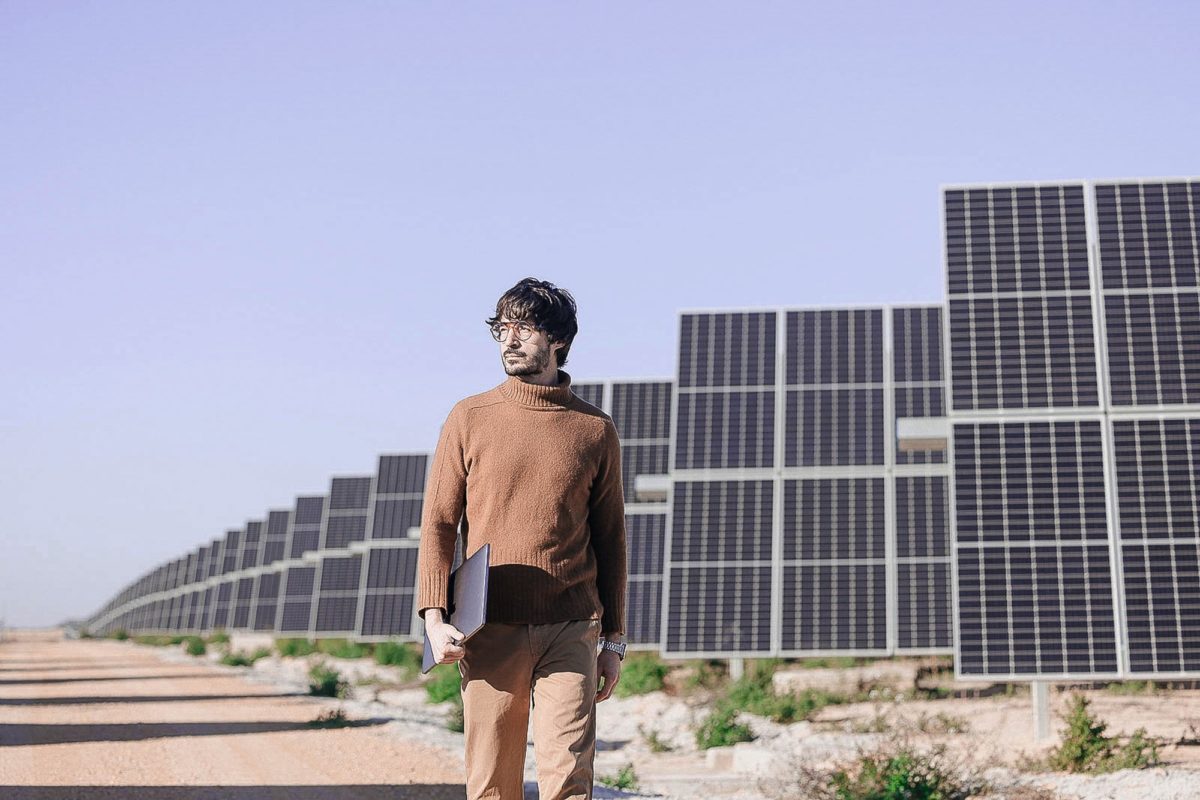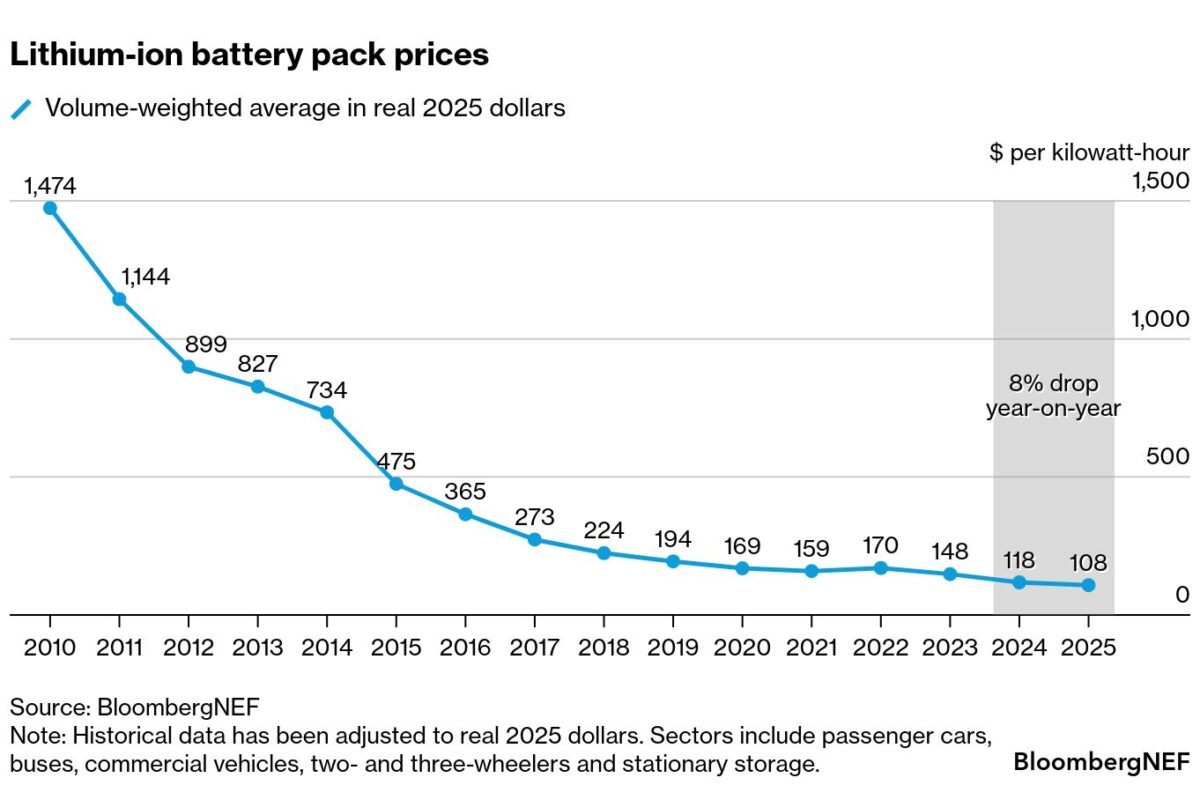From pv magazine 05/2022
Wholesale electricity prices in Europe have been rising – a trend which started before the war in Ukraine, but is no doubt exacerbated by it. How long will it continue?
It’s impossible to tell of course, nobody has a crystal ball and under current conditions predicting in the near term, let alone the more distant future, is risky. It’s a basic liability issue. But we can understand the many different factors, including how long Russia’s war against Ukraine lasts, and whether imports of Russian gas by Europe (and potentially other relevant countries, especially in Asia) will eventually be banned. The weather in Asia and the Americas, and the availability of replacements for Russian coal in Europe/Japan are other factors which could contribute to continued price increases.
The medium-term development is important for those planning and building PV power plants. What do you expect for wholesale electricity prices in the medium term (five to 10 years)? Can PV investors rely on higher revenues?
As mentioned, the short-term outlook for Europe’s electricity prices is almost impossible to judge right now. Neither can we predict with any certainty whether politicians are going to intervene further in the markets, affecting how fast renewable power generation capacities can expand, for example.
Assuming that PV and wind will continue to be built quickly (supported either by subsidies or favorable market conditions), that the phasing down of coal and nuclear continues as scheduled, and the general energy transition progresses, we believe wholesale market prices will decline substantially in the mid-term versus current levels. This would be due to the presence of more renewable energy sources (RES) in the system, reducing the need for low-efficiency thermal plants, and a significantly less tight gas market (with increasing volumes of LNG coming online around 2025) more than compensating for higher carbon costs.
In the long term, factors such as the cost of investment in carbon capture, utilisation and storage and green hydrogen technologies could become a stabilising influence. Nevertheless, as long as Europe is dependent on LNG imports to cover its gas needs, the market will remain dependent on weather, as well as economic and political conditions in Asia and other regions of the world.
Axpo is a major PPA offtaker in Europe. What does electricity price volatility mean for new solar PPA prices and contracts?
The risks associated with PV development through PPAs have not changed; they always existed. However, we are now seeing most of them under an unprecedented spotlight, including factors such as electricity price volatility, regulatory uncertainty, CPI shocks, transportation difficulties, and permitting delays, among others.
PPAs as risk mitigation tools are adapting to this new reality with more flexible approaches to cope with potential delays, more short-term contracts to capture temporary price spikes, floor structures to leave potential price upsides within the project developer, and more structured approaches to capture higher prices, such as baseload hedges instead of traditional pay-as-produced contracts, and more.
PV plants with a PPA business model don’t need subsidies. Considering that electricity prices are high, what limits the growth of this sector?
Current limits include the not-in-my-backyard or the NIMBY social phenomenon, the limitations of electricity grid infrastructure, and sometimes complex, lengthy and bureaucratic approval/permitting processes, although these hurdles are now beginning to be addressed politically.
The PV-PPA market in Spain is probably the most mature in Europe. What can other countries learn from there?
We have seen the Iberian PV-PPA market evolve over a very short period of time. We started with traditional pay-as-produced structures, in which the producer is paid a fixed price for the full production of a power plant. It was an environment where there was little demand for buying power long-term, and PPAs were seen as an alternative to pay-as-produced feed-in-tariffs.
In a more mature market with many different players, we now see more structured PPAs, where risks are not only borne by the off-taker, but also shared between the two parties. It makes a lot of sense, since pay-as-produced contracts provide very limited returns on the investment and are only suitable for very risk-averse investors. Higher ROIs are still achievable in more sophisticated PPA structures with shared risks, which should be suitable for investors with greater market knowledge and experience.
Does the uncertainty of electricity price instability make PPAs more attractive?
It most certainly does. PPAs are risk management tools that enable developers to secure their investments. These contracts are adapting to different investor needs and market views.
This content is protected by copyright and may not be reused. If you want to cooperate with us and would like to reuse some of our content, please contact: editors@pv-magazine.com.



In a point I have made, repeatedly to the European Commission, PPAs imply a two-price Europe. PPA for companies big enough to handle them & and marginal markets for Euro-serfs/citizens. The former take advantage of low-cost REWS, the latter imposes the insanity of marginal markets on 500 million citizens.
There is a good argument to be made: no more PPAs until the marginal market is addressed. That would focus minds.